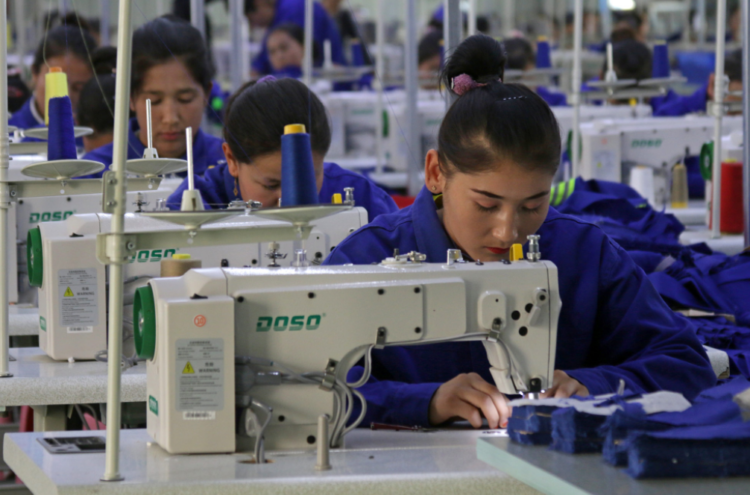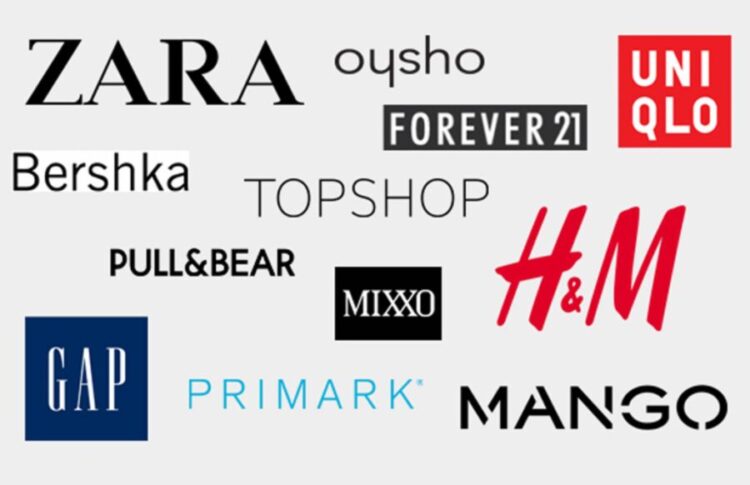Fast Fashion has a negligible effect on our wallets but a substantial impact on our planet. Clothing has actually never been more affordable in the results of the pandemic, and also despite lockdowns and also social distancing, fast fashion businesses like Shein, Zara, and Boohoo remain to grow, introducing countless styles frequently for less than the price of a dish. From excess production and fabric waste to the requirement for garment employees to be paid a living wage, inspecting and altering just how our garment industry is run has never been more crucial.
Fast Fashion can be defined as the mass production of low-cost, low-quality, quickly changeable clothes. According to the garments waste charity TRAID, the average Clothing is worn ten times prior to being disposed of. Fast Fashion is ‘fast’ in numerous ways: quick style modifications, the rate of production, the client’s decision to acquire is quick, shipments are fast, and also garments are used rapidly– generally only just a few times before being gotten rid of.
The fast-fashion model’s monetary success can be credited to its quick process and consumers’ desire to correlate with celebrities. A designer label, as an example, requires approximately six months to design, manufacture, and release a brand-new collection. On the contrary, it takes a fast-fashion brand name less than a week to find, copy, and recreate the designer’s whole collection online.
The fast-fashion company version is relatively brand-new, fueled by the internet and also, in particular, social networks. Previously, scouts for fast fashion brands had to physically go to footways to film and duplicate premium designer creations. Alternatively, they make use of published magazine messages to imitate and copy rare and unique edition designer creative works.
Although not unlawful, this fast fashion version is unethical for numerous reasons, including youngster workers, modern enslavement, unsafe dyes, mass production, and unsustainable materials, all of which produce enormous contamination and waste.
Problems With Fast Fashion Brands

The fashion industry is significantly stuffed with difficulties. Here are a few instances of how the fashion sector damages the environment: Yearly, this market consumes 93 billion cubic meters of water, sufficient to satisfy the requirements of five million individuals, and is responsible for about 20% of industrial water air pollution because of fabric treatment as well as dyeing. The products and processes utilized additionally have countless defects.
Use of Plastic
The fast-fashion surge has depended significantly on artificial fibers made from heavily processed petrochemicals, such as polyester, acrylic, and elastane. Polyester is one of the most generally used synthetic fibers, making up more than half of all textiles generated. Microplastics ingested by children cause a lot of problems, you should always make your infant wear organic baby clothes.
Because of the prevalence of plastic in garments, the fast fashion sector documents for 15% of total plastic usage; the only sectors that use even more are building and packaging. According to a recent RSA record, the actual degree of recycled content is pitifully reduced. Using recycled textiles was only 4% throughout four major fast fashion brands on the internet.
Generating Pollution and Waste
According to a recent report, over 87% of fast fashion brand names source products and labor from China, India, Pakistan, and Turkey, which has profound environmental effects. The sector also has a substantial carbon impact, adding up to 10% of complete worldwide carbon exhausts and anticipated to rise by 50% by 2030.
Furthermore, just Zara and H&M have suitable treatment and recycling steps in place, out of all the fast fashion leviathans investigated. While fast Fashion is convenient for the wallet, it comes at a price somewhere else. The high speed of manufacturing needed by fast Fashion increases additional concerns about low wages and bad working problems.
Modern Day Enslavement

Low-cost production necessitates not just inexpensive materials but likewise low-priced labor. If an item is so affordable, it is likely that the person that created it was paid extremely little. According to a study performed by ‘Style Mosaic,’ 93% of fast fashion brands do not pay their garment employees a living wage.
To maintain production prices reduced, fast fashion brands have relocated production to ‘establishing’ nations where work is unethical and inhumane, leading to situations of modern enslavement in quick Fashion, as explained by the media.
Deforestation
One more trouble with the fast fashion industry is that it hurts soil, woodland, and the entire environment. Each year, thousands of hectares of threatened and ancient rainforests are dropped. Vineyards of trees used to make wood-based fabrics have taken their area. This harms both indigenous communities and the setting.
Goats and sheep increased their woolen overgraze pastures, triggering soil erosion, land destruction, the extinction of important plant species, food scarcities, and starvation—chemicals used in the manufacturing of textiles such as cotton break down the soil too. Wood-based fibers, such as rayon and viscose, add to extensive deforestation.
Copying Issues

Social networks have assisted the fast fashion business in some ways. However, when it comes to fast fashion brands, social media permits them to take anything they offer. No one is safe, from high-end to emerging developers.
Fast fashion titans can duplicate, manufacture, and ship in mass amounts, enabling them to market the latest layouts long before the original designer. Worse, because numerous fast fashion businesses regularly target the same design, the initial maker is lost in the process.
Examples of Fast Fashion Brands
There are a plethora of fast fashion brands contributing to these unsafe and dangerous troubles, ecological and ethical. Below are some examples:
Zara

Zara, the Spanish fast-fashion goliath, has its very own shopping list. Previously, the company was captured making duplicates of Balenciaga tennis shoes and Kanye West’s desirable Yeezys.
Zara has likewise swiped pins from illustrator Tuesday Bassen and also mimicked the sandals of Bro Vellies developer Aurora James.
Boohoo

Boohoo, a British fast-fashion corporation dealing with modern-day enslavement claims was captured taking notable developments from independent developers several times. It is likewise recognized for imitating the appearances of high-end brand names, with countless new designs contributed to its website weekly.
The fast-fashion business model is a global issue that has an impact on the atmosphere, individuals, as well as animals. Sadly, our pressing desire for fast fashion, the latest patterns, and the wish to mimic celebs as well as successful individuals will certainly not vanish.
Therefore, new fashion industry models such as Slow Fashion need to be adjusted to meet consumer needs while conserving sources and securing the environment. However, for these brand-new business models to become the norm and ultimately replace fast Fashion, change has to start with us, with you and me knowingly promoting a much better world.






